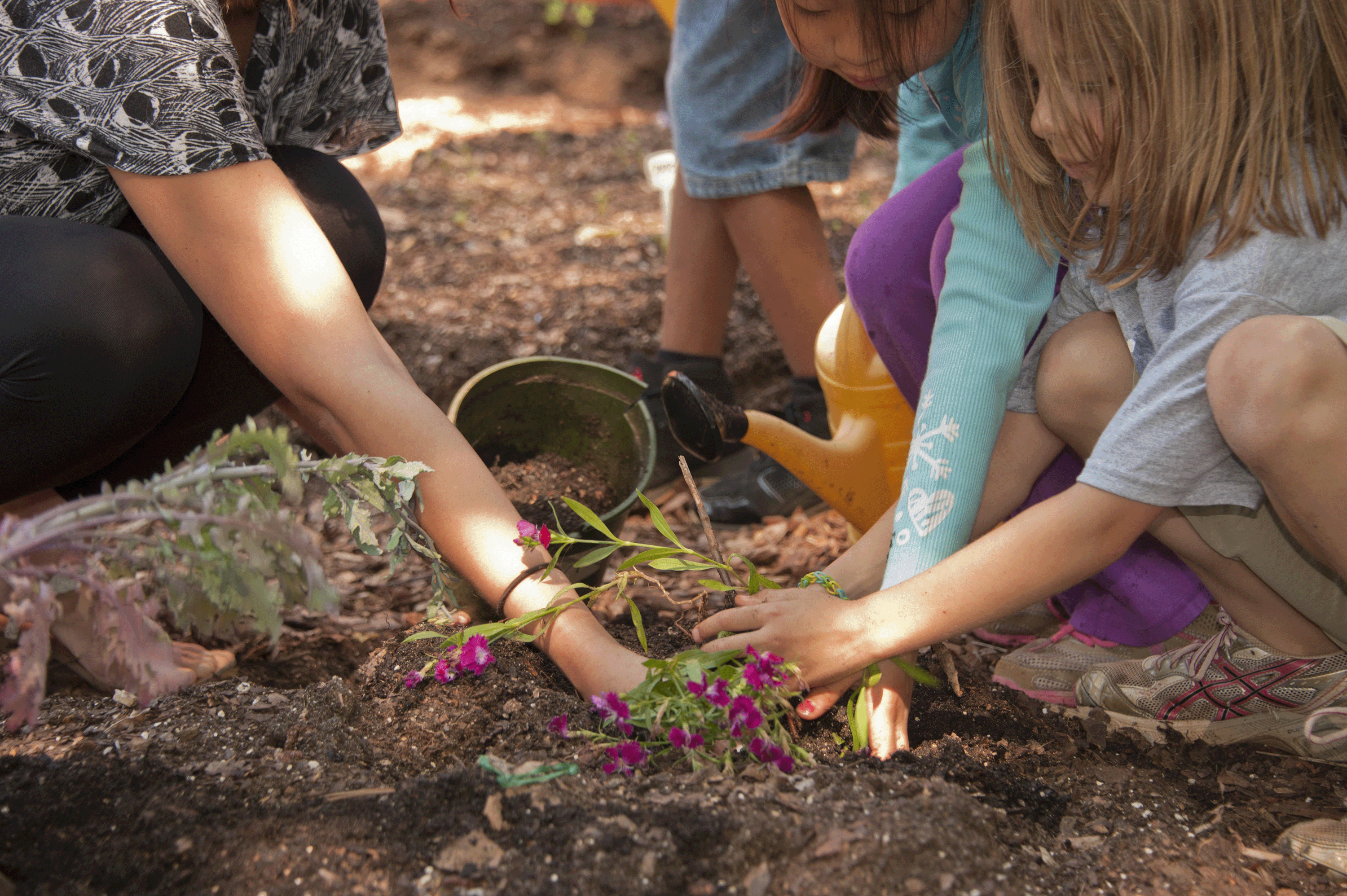Funding from the EPA and DOE was abruptly and prematurely terminated for the Thriving Communities Technical Assistance Centers (TCTACs) program on May 2, 2025 due to changes in federal priorities.
The UW Center for Environmental Health Equity continues to be supported by Washington State and philanthropy. Due to changes in funding, we are limited in our ability to provide technical assistance to groups in Alaska, Idaho, and Oregon.
Starting May 2, 2025 our center will be focused on serving environmental health grant writing assistance for community-based organizations, tribal organizations, and Tribes that are based in Washington State. Please see our center's new Menu of Services.
CEHE's Impact
Help support UW CEHE
News and events
A New Focus for UW CEHE! Despite the termination of the EPA's Thriving Communities Technical Assistance Center (TCTAC) Program, our center will continue to serve the environmental health technical assistance needs of Washington State communities. Learn more about UW CEHE's new Menu of Services, including grant-writing assistance here.
Thanks to those organizations that participated in our Spring 2025 Ideas to Action Workshops on May 16 and June 3 in Seattle! Stay tuned for future workshops -- our one-day Ideas to Action Workshops help organizations articulate their needs and priorities, and develop ideas for community programs and grant proposals.
UW CEHE's Environmental and Energy Justice in Tribal Communities Webinar Series is an engaging platform for sharing stories and discussions on topics such as water, land, climate, and energy among Tribal nations and communities.
Click here to find climate and clean energy funding opportunities in WA State with the new search tool, FundHubWA!
Where we work
The UW Center for Environmental Health Equity (UW CEHE) serves Washington state. We work with groups to build capacity to address environmental justice issues in their communities and to effectively access environmental and energy funding to support that work.
The UW Center for Environmental Health Equity (UW CEHE) was one of the nation's Thriving Communities Technical Assistance Centers (TCTACs). Learn more about the history of the center and the TCTAC program.
Who we serve
We work with Tribes and community-based organizations that have deep relationships and roots in frontline communities, or those who experience the "first and worst" impacts of climate change and environmental pollution.
We work with Tribal communities, communities of Black, Indigenous and people of color (BIPOC), communities that are low-income, rural communities, immigrant and refugee communities, LGBTQ+ communities, communities of people with disabilities, and others who experience systemic inequities in exposure to environmental hazards and access to resources.





